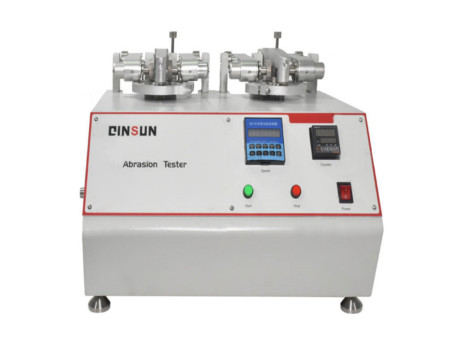-
How do the results of the Taber Abrasion Resistance Tester compare to other types of abrasion tests?
Edited by:Read:The results of the Taber Abrasion Resistance Tester can provide valuable information on the relative wear resistance of different materials and coatings, but they may not be directly comparable to the results of other types of abrasion tests. This is because different abrasion tests apply different types and amounts of wear to the test specimen and may use different test parameters, such as load, speed, and contact geometry.

For example, the Taber Abrasion Resistance Tester applies a sliding and abrasive wear to the specimen, while other tests, such as the scratch test or the reciprocating abrasion test, may apply more localized or directional wear. Also, the Taber Tester applies a specific load to the specimen, while other tests may use a range of loads or variable contact pressures.
Therefore, it is important to choose the appropriate abrasion test based on the specific application and material being tested. In some cases, it may be necessary to compare the results of multiple tests to get a more comprehensive understanding of the wear and abrasion behavior of a material. In general, the Taber Abrasion Resistance Tester is a widely recognized and standardized method for evaluating abrasion resistance and can provide valuable information for product development, quality control, and performance optimization.
- 2024-04-19Paper ring compression strength tester standards
- 2024-04-19Cupping tester standards
- 2024-04-19Rubber and plastic tensile tester standards
- 2024-04-19Taber 1750 wear-resistant tester standards
- 2024-04-19Stone Chip Resistance Gravelometer standards
- 2024-04-18Diaper absorption speed tester standards
- 2024-04-18Diaper leakage tester technical indicators
- 2024-04-18Paint film impact resistance tester standards
- 2024-04-18Low temperature brittleness tester principle
- 2024-04-18Battery separator permeability tester technical indicators



